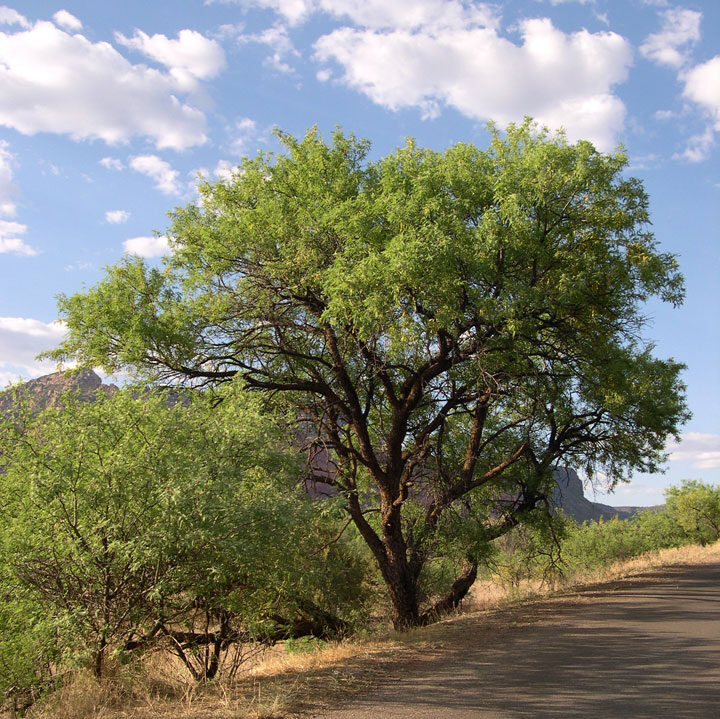The mesquite tree, a ubiquitous presence in arid landscapes, is a master of survival. Its deep root system, thorny branches, and feathery foliage offer valuable insights for creating comfortable and sustainable desert homes.
1. Deep Root System and Resourcefulness:
- The mesquite's extensive and deep root system allows it to access groundwater and nutrients in even the harshest conditions.
- Architectural Application:
- We can design homes with efficient water management systems, including rainwater harvesting, greywater recycling, and drought-tolerant landscaping.
- Incorporate deep, shaded courtyards or subterranean spaces, mimicking the mesquite's access to underground resources, for natural cooling.
- Utilize geothermal energy systems, tapping into the earth's stable temperature, much like the mesquite taps into groundwater.
- Example:
- A home could feature a large underground cistern to store rainwater, which can be used for irrigation and greywater systems. A partially subterranean courtyard could provide a cool, shaded retreat during the hottest part of the day.
2. Thorny Branches and Natural Security:
- The mesquite's thorny branches provide a natural defense against herbivores and create a protective barrier.
- Architectural Application:
- We can design exterior shading systems and security features that mimic the mesquite's thorny branches. Perforated metal screens, trellises with thorny climbing vines, and strategically placed thorny xeriscape plants can create a protective barrier.
- The use of layered landscaping with varied plant heights and textures can also provide a sense of security and privacy.
- Example:
- A home could feature a trellis covered with thorny bougainvillea vines, providing shade and a natural security barrier. Strategically placed ocotillo plants around the perimeter could further enhance security.
3. Feathery Foliage and Dappled Shade:
- The mesquite's feathery foliage creates dappled shade, filtering sunlight and reducing heat intensity.
- Architectural Application:
- We can design shading systems that mimic the mesquite's canopy. Perforated metal screens, trellises with climbing vines, and strategically placed trees can create dappled shade, reducing solar heat gain.
- The use of lightweight, porous materials for shading structures can also create a filtered light effect.
- Interior courtyards with strategically placed mesquite trees can provide a shaded microclimate.
- Example:
- A home could feature a large, open-air pergola covered with a lightweight, porous fabric, creating dappled shade. A central courtyard with strategically placed mesquite trees could provide a cool, shaded retreat.
4. Adaptability and Resilience:
- The mesquite's ability to thrive in a variety of soil types and climates makes it a highly adaptable and resilient species.
- Architectural Application:
- We can design homes with flexible and adaptable spaces that can be easily modified to meet changing needs.
- Use locally sourced and durable materials that are well-suited to the desert environment.
- Design for passive heating and cooling, to minimize reliance on mechanical systems.
- Example:
- A home could feature modular interior walls that can be easily reconfigured to create different room layouts. The home could be constructed from locally sourced adobe bricks, providing thermal mass and durability. Passive solar design strategies could minimize the need for air conditioning.
Conclusion:
By studying the mesquite tree, we can design desert homes that are not only comfortable but also sustainable and resilient. Its adaptations for accessing water, providing shade, and creating a natural defense system offer valuable lessons for creating dwellings that thrive in the arid landscape. By embracing biomimicry, we can build homes that are both functional and beautiful, reflecting the wisdom of the desert ecosystem and creating harmonious living spaces.




Leave a Comment